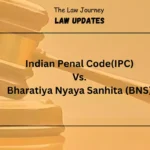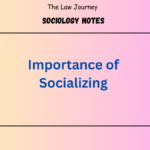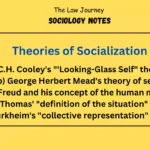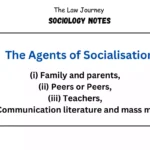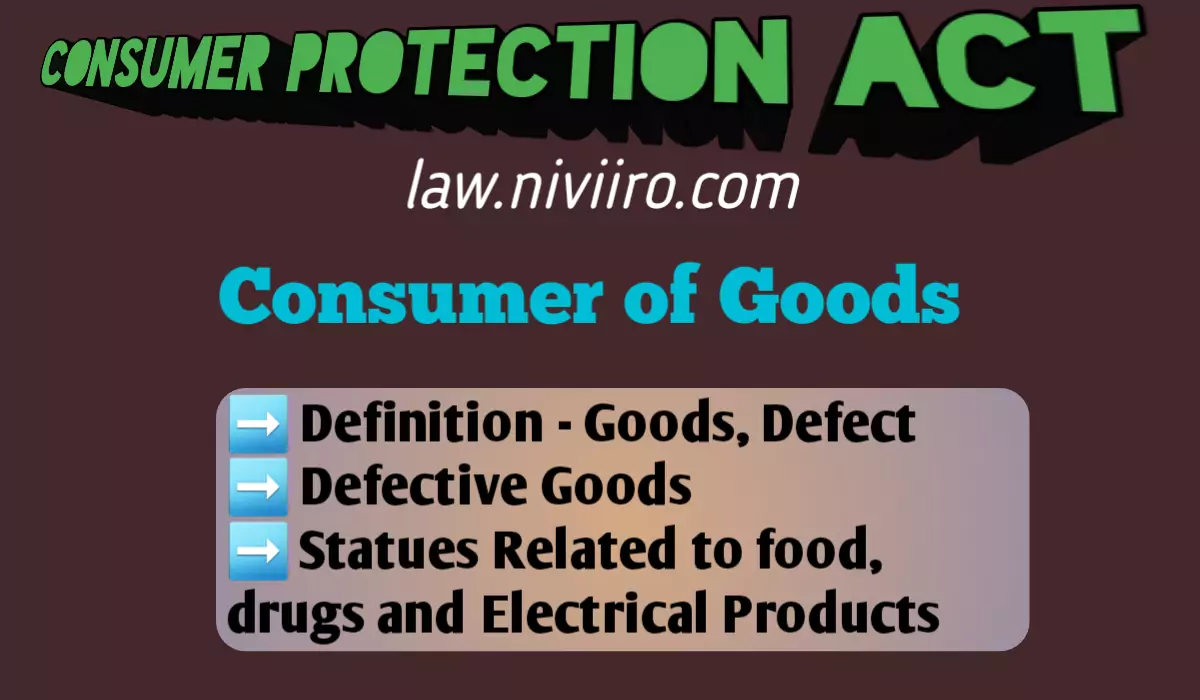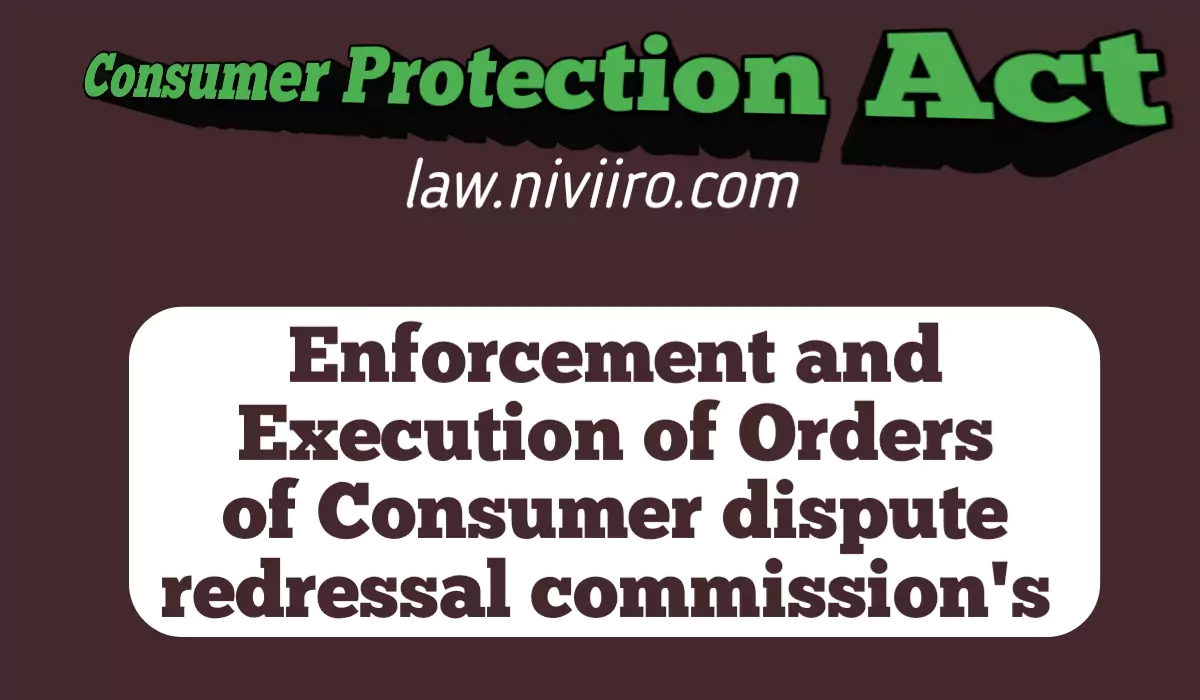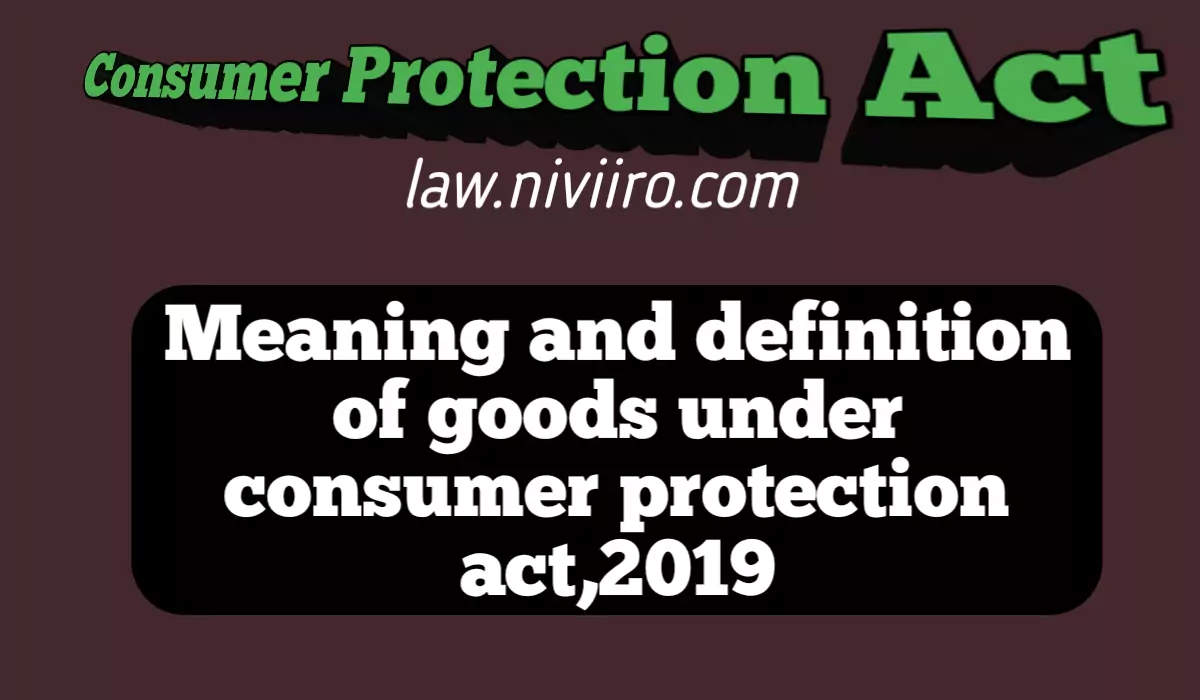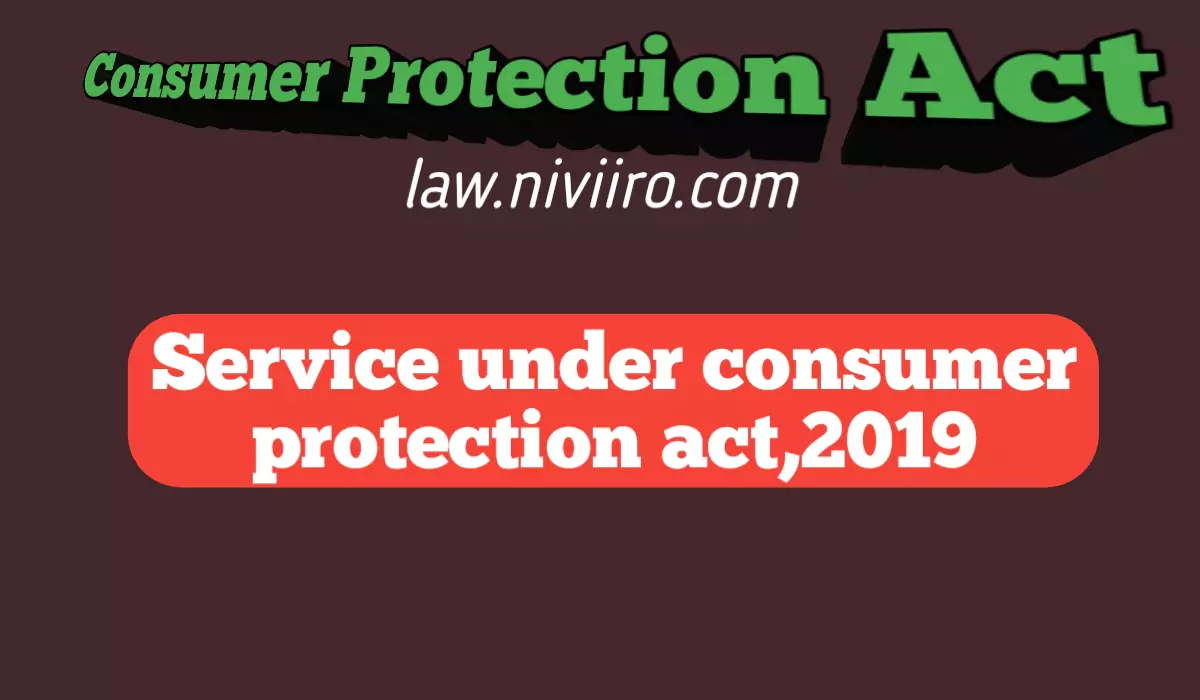A consumer of goods refers to any person who:
- Buys or agrees to buy any goods for a consideration
- Uses the goods for personal use or for the use of others
- Hires or avails of any services related to the goods, such as transportation, storage, or installation
Definitions –
Defect – According to Section 2(10) of CPA, 2019, “defect” means any fault, imperfection or shortcoming in the quality, quantity, potency, purity or standard which is required to be maintained by or under any law for the time being in force or under any contract, express or implied or as is claimed by the trader in any manner whatsoever in relation to any goods or product and the expression “defective” shall be construed accordingly.
Goods – According to Section 2(21) of CPA, 2019, “goods” means every kind of movable property and includes “food” as defined in clause (j) of sub-section (1) of section 3 of the Food Safety and Standards Act, 2006.
Defects in Goods – Under CPA, ‘Defects in goods’ refers to any imperfection or fault in the quality, quantity, potency, purity, or standard of goods that renders them unsatisfactory, unfit, or inadequate for the purpose they are intended to serve.
Essentials –
- The product is not of the quality or standard that the buyer reasonably expects.
- The product is not fit for the purpose for which it is intended.
- The product does not confirm to the description or representation made by the seller.
- The product is not accompanied by the appropriate instructions or warnings for its proper use.
In case of any defects in goods, the consumer has the right to seek redressal whether compensation, replacement, or refund of the product depending on the severity of the defect and the circumstances of the case.
Illustrations –
Eg.1. a consumer purchases a washing machine it has a wiring problem which result in the destruction of all the cloth put in the machine.
E.g. 2. A consumer purchases cosmetic products that cause irritation to the skin.
E.g. 3. A consumer purchase milk that has been adulterated by mixing with water.
E.g. 4. A pressure cooker burst and caused injury to the user. It was held to be a manufacturing defect.
Case – T.T (P) Ltd. v. Akhil bhartiyagrahak panchayat (1996)
Defective Goods –
(a) Gas Cylinder
The gas cylinder with less or excessive gas would amount to defective goods and if it is supplied to purchaser/consumer it will be deficiency in service.
Case – Indian Oil Corporation v. T.C. Rajappa – A complaint was filed with the District Forum, and the Forum ruled that the fire was caused by a gas cylinder leak and ordered the opposing parties to compensate for the loss. The opposing parties filed a revision petition. The complainant was found to have failed to prove that the cause of the fire was due to gas leakage from the cylinder. In truth, gas may have leaked from the cylinder after the fire spread due to an electrical short circuit.
(b) Defective blood transfusion.
Case – A.N. Rao v. (Dr.) G. Ramakrishna Reddy – a complaint was filed regarding transfusion of contaminated blood, due to contaminated blood the complainant’s tongue turned back. Doctor’s opinion about the reasons for reaction has not been obtained by the complainant. Admittedly, the complainant was not given any medicines by the doctor. The complainant’s allegation has no any credibility.
(c) Bursting of tyres of car due to external factors does not come under purview of manufacturing defect –
Case – Rameshbhai M. Patel v. Daimler Chrystler India Pvt. Ltd. & others – A Mercedes Benz car was involved in an accident due to a rapid tyre burst, resulting in significant injuries to the complainant. The DACG and ARAI reports do not support the complainant’s assertion of a manufactured mechanical fault in the car’s engine or body. The State Commission ruled that the opening dickey’s safety system was not defective at the time of the crash. External factors, rather than a manufacturing defect, caused the tyre to burst. As a result, the complainant cannot be compensated.
Statues Related to food, Drugs and Electrical Products
Pre – Constitutional Act
- The Indian contract act, 1872
- The sale of goods act, 1930
- The Indian penal code, 1860
- The drugs and cosmetics act, 1940
- The agriculture Procedure (Grading and marketing act 1937)
- The Agmark act, 1937
Post – Constitutional Act
- PDA (Prevention of food adulteration act, 1955)
- The insecticide act, 1968
- The fruit product order/ordinance, 1955
- The essential commodities act, 1955
- The meat food product order, 1992
- BICS (Bureau Of Indian standard act, 1986)
- The standard of weight and measurement act, 1976
- The Consumer protection act, 2019
Related Post | Consumer of Goods
1. Who is a consumer of goods?
A consumer of goods refers to any person who:
(a) Buys or agrees to buy any goods for a consideration
(b) Uses the goods for personal use or for the use of others
(c) Hires or avails of any services related to the goods, such as transportation, storage, or installation
2. Define Defect.
According to Section 2(10) of CPA, 2019, “defect” means any fault, imperfection or shortcoming in the quality, quantity, potency, purity or standard which is required to be maintained by or under any law for the time being in force or under any contract, express or implied or as is claimed by the trader in any manner whatsoever in relation to any goods or product and the expression “defective” shall be construed accordingly.
3. Define Goods.
According to Section 2(21) of CPA, 2019, “goods” means every kind of movable property and includes “food” as defined in clause (j) of sub-section (1) of section 3 of the Food Safety and Standards Act, 2006.
4. What do you mean by Defects in Goods?
‘Defects in goods’ refers to any imperfection or fault in the quality, quantity, potency, purity, or standard of goods that renders them unsatisfactory, unfit, or inadequate for the purpose they are intended to serve.
5. What are the essentials of Defects in Goods?
(i) The product is not of the quality or standard that the buyer reasonably expects.
(ii) The product is not fit for the purpose for which it is intended.
(iii) The product does not confirm to the description or representation made by the seller.
(iv) The product is not accompanied by the appropriate instructions or warnings for its proper use.
6. Write any two illustrations of defects in goods.
(i) A consumer purchases cosmetic products that cause irritation to the skin.
(ii) A consumer purchase milk that has been adulterated by mixing with water.
7. Write any four Pre – Constitutional Acts related to food, drugs and electrical products.
(i) The sale of goods act, 1930
(ii) The drugs and cosmetics act, 1940
(iii) The agriculture Procedure (Grading and marketing act 1937)
(iv) The Agmark act, 1937
8. Write any four Post – Constitutional Acts related to food, drugs and electrical products.
(i) Prevention of food adulteration act, 1955
(ii) The insecticide act, 1968
(iii) The fruit product order/ordinance, 1955
(iv) The essential commodities act, 1955
Reference Books | Consumer of Goods
- Consumer Protection (Law & Practice) by V. K. Agarwal
- Commentary on the Consumer Protection Act by J. N. Barowalia
- Consumer Protection Act: A Commentary by G. B. Reddy

